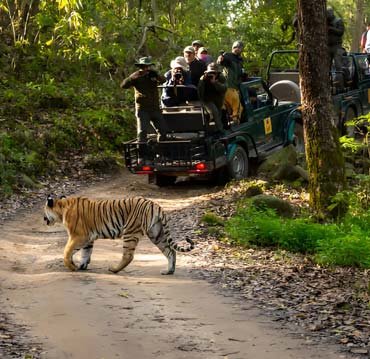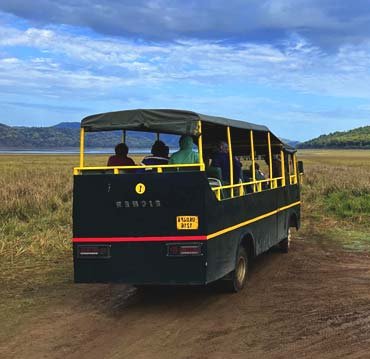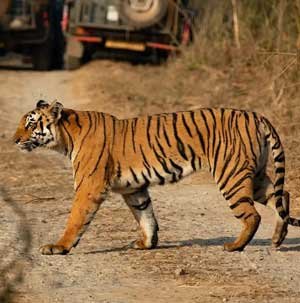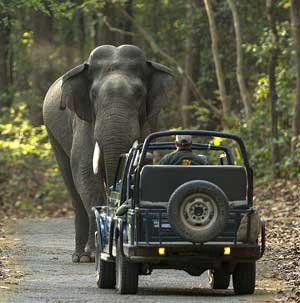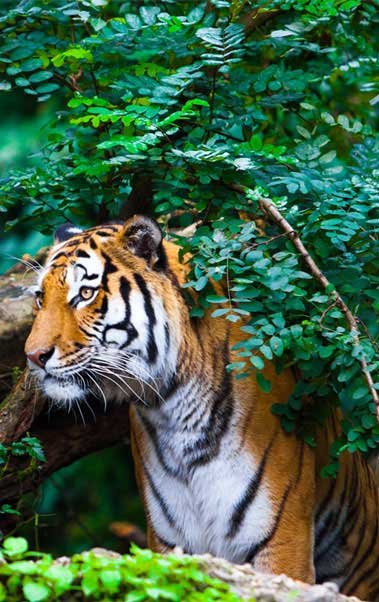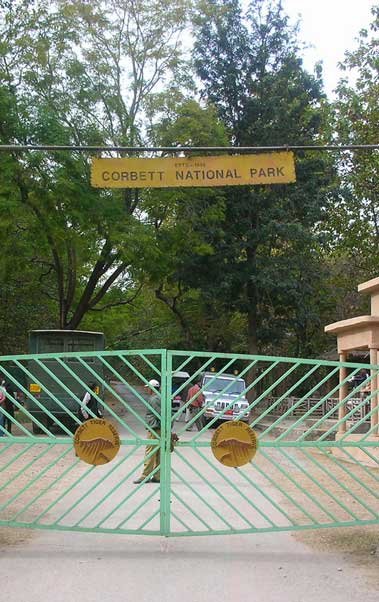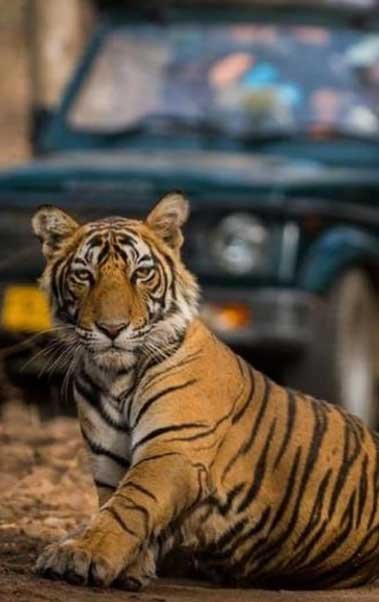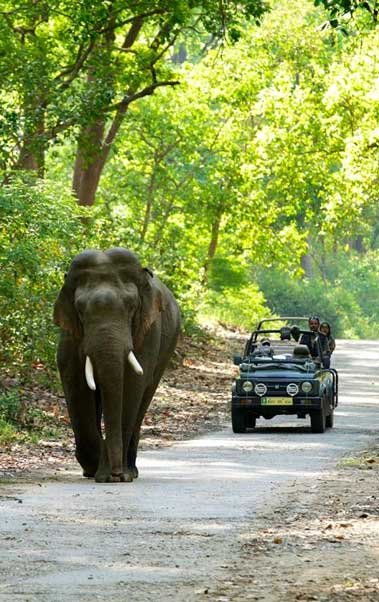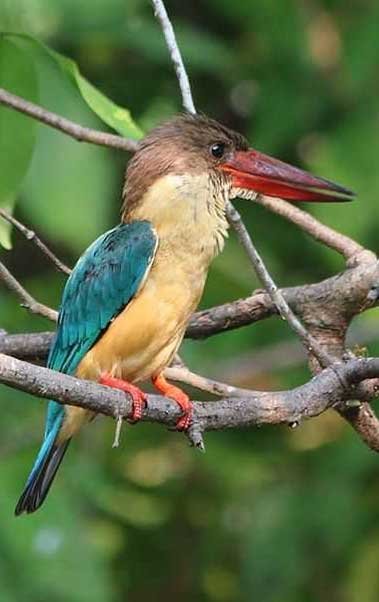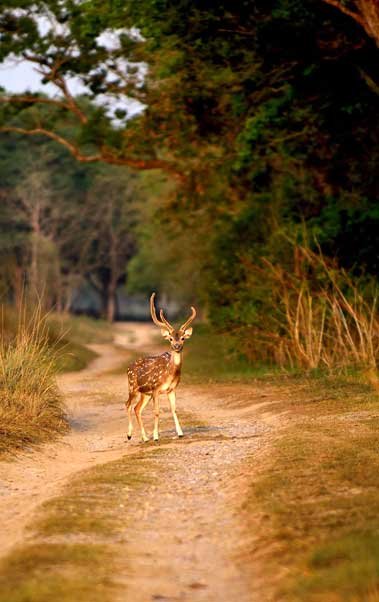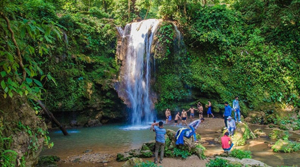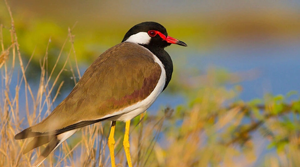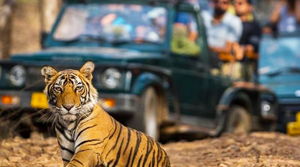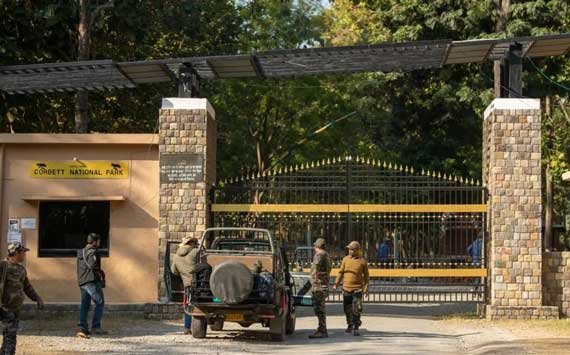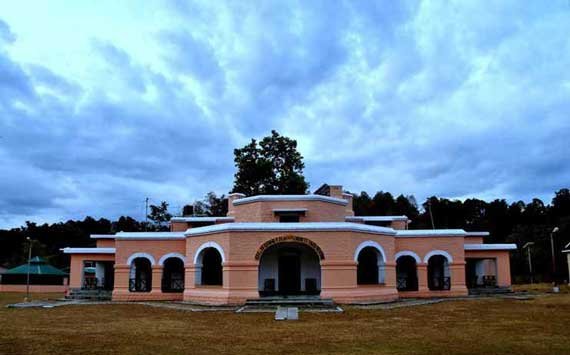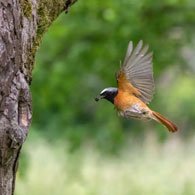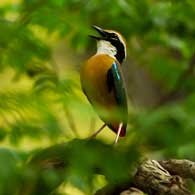Jim Corbett National Park is India’s oldest and one of the most prestigious national parks, located in the Nainital and Pauri Garhwal districts of Uttarakhand. Established in 1936 as Hailey National Park, it was later renamed in honor of Edward James (Jim) Corbett, a famous British-Indian hunter, author, and conservationist who played a major role in its establishment.
The park was created to protect the Royal Bengal Tiger and is now a part of the larger Corbett Tiger Reserve, which covers an area of about 1,318 sq. km (including buffer and core zones).
History and Legacy
im Corbett National Park was established in 1936 as Hailey National Park, making it India’s first national park. It was renamed in honor of Edward James (Jim) Corbett, the legendary British-Indian hunter, tracker, and conservationist who later turned to wildlife protection and authored famous books such as Man-Eaters of Kumaon.
The park gained global recognition in 1973 when it became the first site under Project Tiger, a flagship conservation program launched by the Government of India to protect the endangered Bengal tiger.
WildLife Safari
A Corbett wildlife safari is an unforgettable experience that immerses visitors in the heart of India’s oldest national park. Conducted primarily through jeep or canter safaris, and in some zones on elephants, the safari takes you through dense sal forests, open grasslands, riverine belts, and marshes, offering a real chance to spot the park’s diverse wildlife. Early morning and late afternoon safaris are ideal, as animals are most active during these cooler hours. Travelers often witness majestic Bengal tigers, elusive leopards, elephants, sloth bears, and a variety of deer species, along with more than 600 species of birds. Each zone of the park—like Dhikala, Bijrani, or Jhirna—offers a unique terrain and wildlife experience. Guided by trained forest rangers, the safari not only provides thrilling wildlife sightings but also educates visitors on conservation efforts, ecosystem balance, and the importance of protecting endangered species, making it both an adventurous and enlightening journey into nature.
Corbett Safari Zone
Jim Corbett National Park is divided into several safari zones, each offering a unique wildlife experience. The Dhikala Zone is the most famous, featuring vast grasslands and riverine forests where visitors can spot tigers, elephants, and deer; it also allows overnight stays at the Dhikala Forest Lodge. Bijrani Zone is known for its dense forests and high chances of tiger and herbivore sightings, while Jhirna Zone, open throughout the year, is ideal for spotting sloth bears, jackals, and a variety of birds. Dhela Zone and Durga Devi Zone are quieter areas, offering peaceful wildlife observation, leopards, elephants, and rich birdlife amid hilly and forested terrain. Lastly, the Sonanadi Zone, part of the buffer area, features scenic rivers, abundant birds, elephants, and leopards. Each zone has regulated safari timings, usually in the early morning or late afternoon, ensuring visitors enjoy close encounters with wildlife while minimizing disturbance to their natural habitats.
Flora
Jim Corbett National Park boasts a rich and diverse plant life that reflects its varied terrain and climate. The park is predominantly covered with Sal (Shorea robusta) forests, interspersed with Khair (Acacia catechu), Sissoo (Dalbergia sissoo), and teak trees. Along rivers and wetlands, there are bamboo groves, reeds, and tall elephant grasses, which create ideal habitats for herbivores. The park also has deciduous trees, shrubs, and climbers, including jamun, mahua, and ber, as well as seasonal flowering plants and medicinal herbs. Its grasslands, called chaurs, provide grazing grounds and contribute to the park’s scenic diversity of forested areas, rivers, and open meadows.
Fauna
The fauna of Jim Corbett National Park is equally impressive, making it a premier wildlife sanctuary in India. It is home to the Bengal tiger, the park’s most iconic species, along with Asiatic elephants, leopards, and sloth bears. Herbivores such as sambar deer, chital (spotted deer), barking deer, wild boar, and swamp deer thrive here, supported by the lush vegetation. The park also shelters primates like langurs and rhesus monkeys, as well as smaller carnivores like jackals, jungle cats, and otters. Birdlife is abundant, with over 600 species including kingfishers, eagles, hornbills, and woodpeckers, while reptiles like marsh crocodiles, gharials, pythons, and monitor lizards inhabit the rivers and wetlands. The diversity of fauna reflects the rich ecological balance maintained by the park’s flora.

